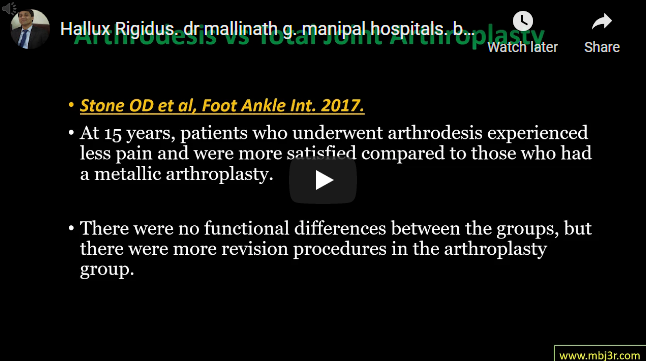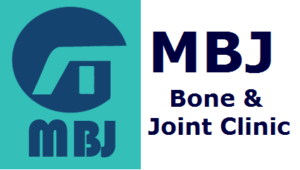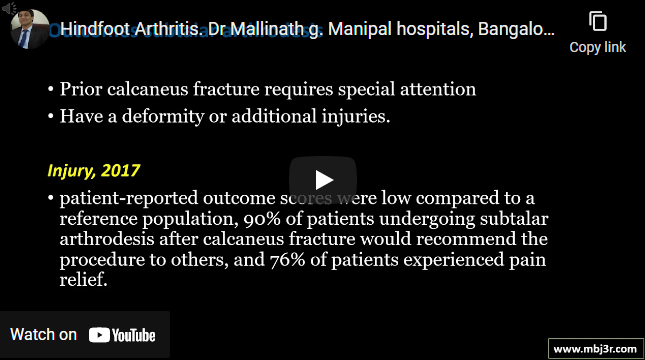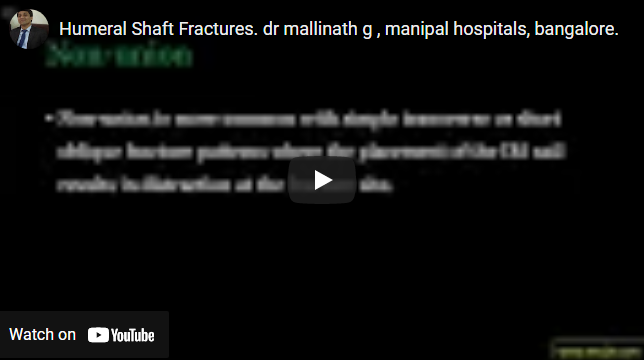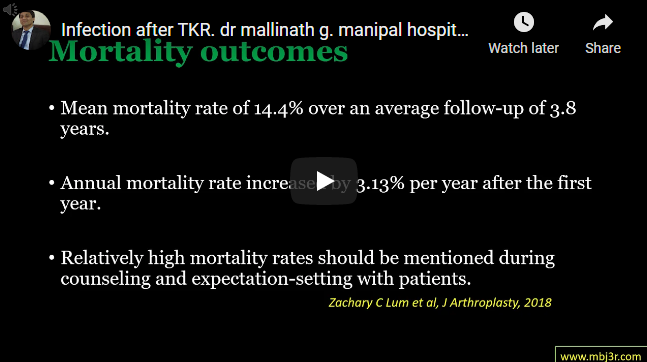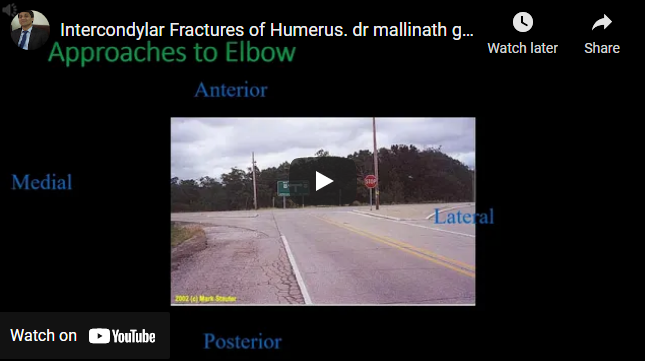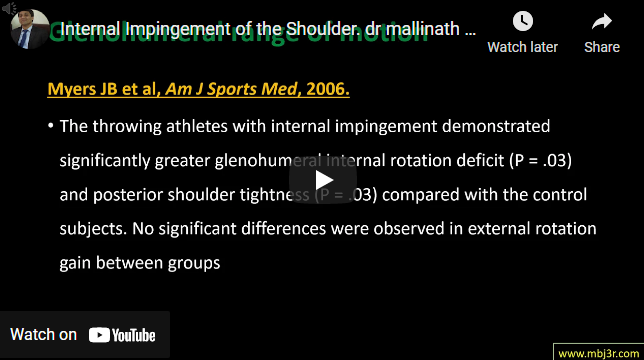Biological joint-preserving surgery for Medial compartment OA knee Coventry – 1969 popularized it The basis of realignment osteotomy about the knee is to transfer weight bearing forces from the arthritic portion of the knee to a healthier location of the knee joint Patient under 60 years with unicompartment OA knee without any deformity or ligament laxity is an ideal candidate…
